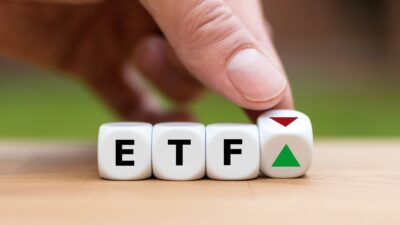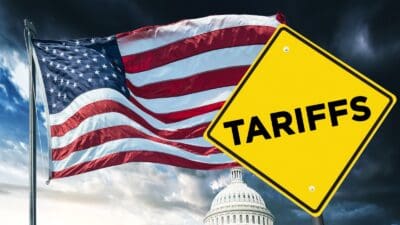AstraZeneca (LSE: AZN) (NYSE: AZN.US) is a company that has had its fair share of problems over the last few years.
Indeed, its pipeline of potential new drugs has been poor and it is suffering from reduced revenue (and, therefore, reduced profits) as many of its ‘blockbuster’ drugs come off patent and are exposed to a large degree of generic competition.
However, despite this, AstraZeneca remains a very high-yielding stock whose dividend is aiming to be at least maintained by current management on a per share basis.
Passive income stocks: our picks
Do you like the idea of dividend income?
The prospect of investing in a company just once, then sitting back and watching as it potentially pays a dividend out over and over?
If you’re excited by the thought of regular passive income payments, as well as the potential for significant growth on your initial investment…
Then we think you’ll want to see this report inside Motley Fool Share Advisor — ‘5 Essential Stocks For Passive Income Seekers’.
What’s more, today we’re giving away one of these stock picks, absolutely free!
Of course, value investors will be well-aware that a key measure of value in any stock is the yield, with a high yield indicating that shares could be cheap. With shares in AstraZeneca currently yielding an impressive 5.3%, this not only puts it at number 4 on the top-yielding list of FTSE 100 shares but also indicates that shares could be good value at current levels.
Indeed, with the FTSE 100 yielding just 3.5%, AstraZeneca appears to offer extremely good value for money, with shares offering a 50% higher yield (5.3% versus 3.5%) than the index.
Even if shares were to offer a yield of 4.5%, this would still represent a premium of 28.5% to the wider market. Furthermore, with management aiming to at least maintain the current level of dividends per share, a yield of 4.5% would mean that shares trade at a price in excess of 3900p. This would represent a gain of 18.5% versus the current share price.
Add to that potential gain an annual yield of 5.3% and it is clear that there is upside potential for investors in AstraZeneca.
Moreover, dividends are well-covered even with further declines in revenue and earnings taken into account. For instance, in 2014 dividends are forecast to be covered 1.6x by earnings and, although further earnings falls are expected in future years, AstraZeneca is forecast to continue making its current dividend per share dividend payments for the next few years.
Clearly, the future remains uncertain for AstraZeneca. However, with a well-covered dividend and shares that could offer upside of 18.5% plus a yield of 5.3%, it seems as though shareholders could be handsomely compensated.







